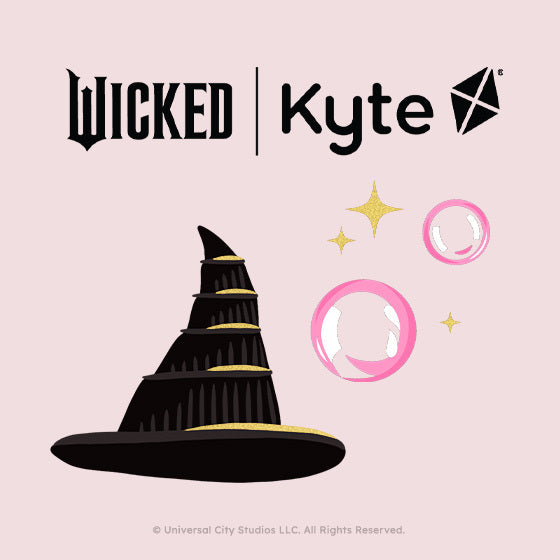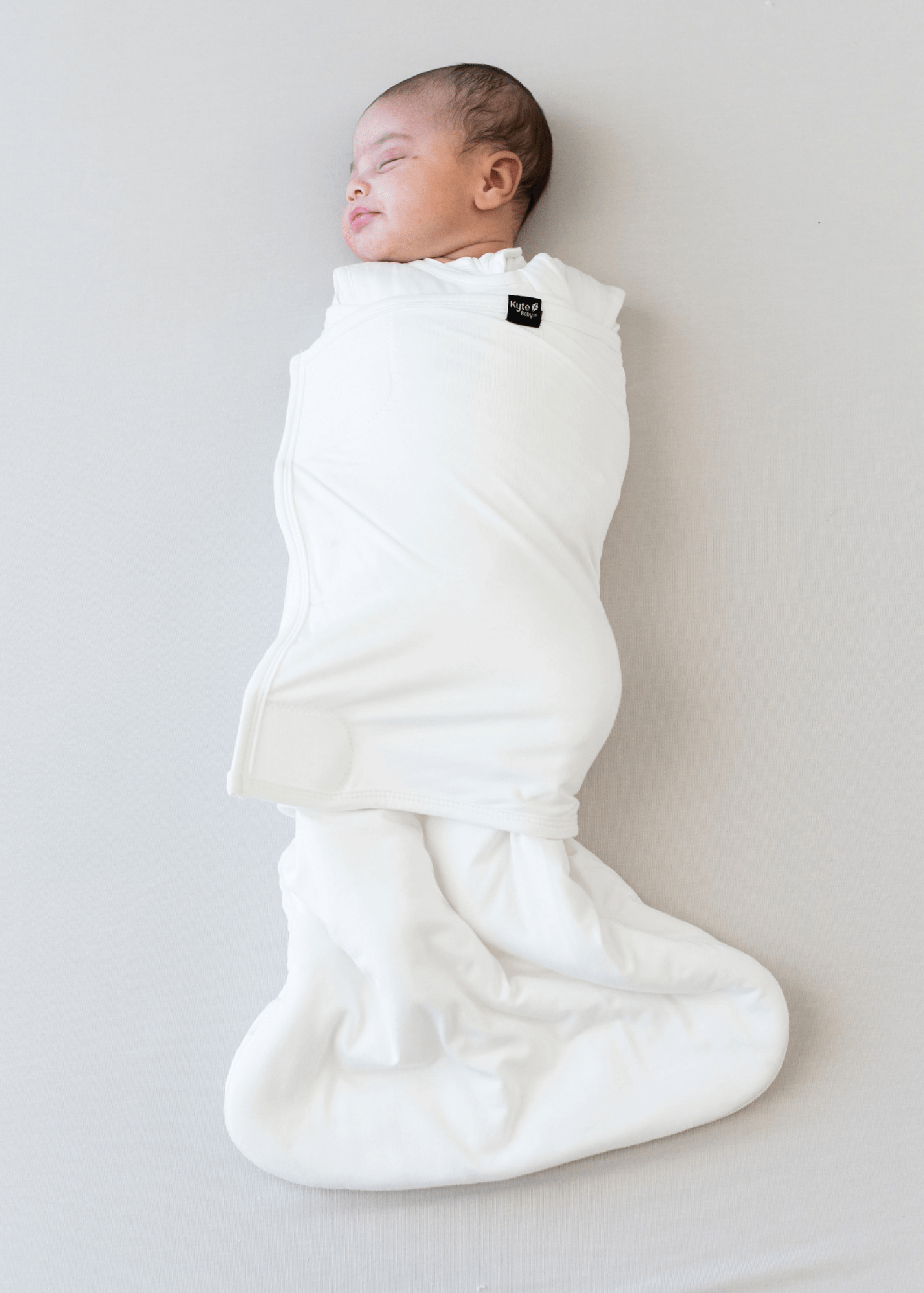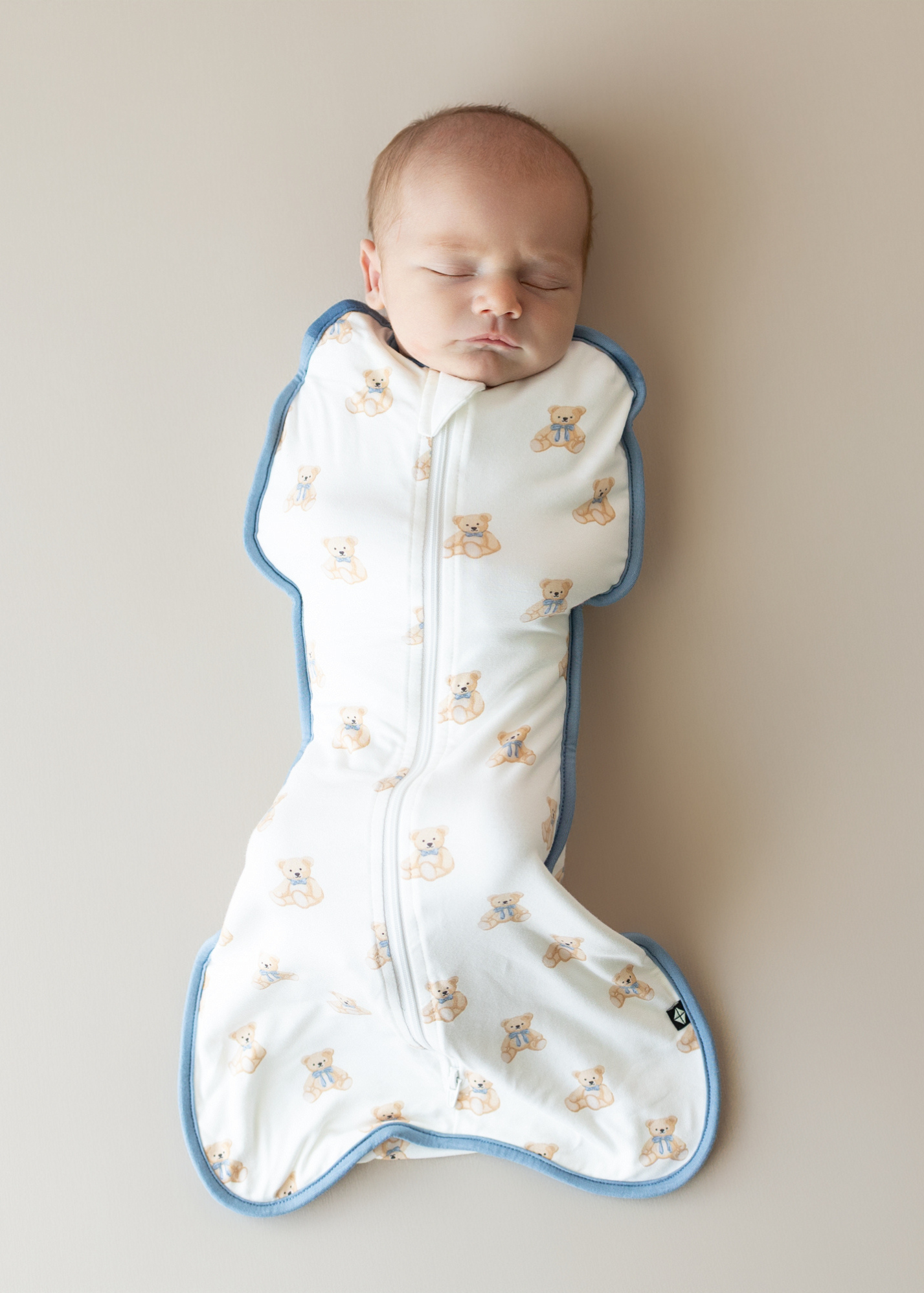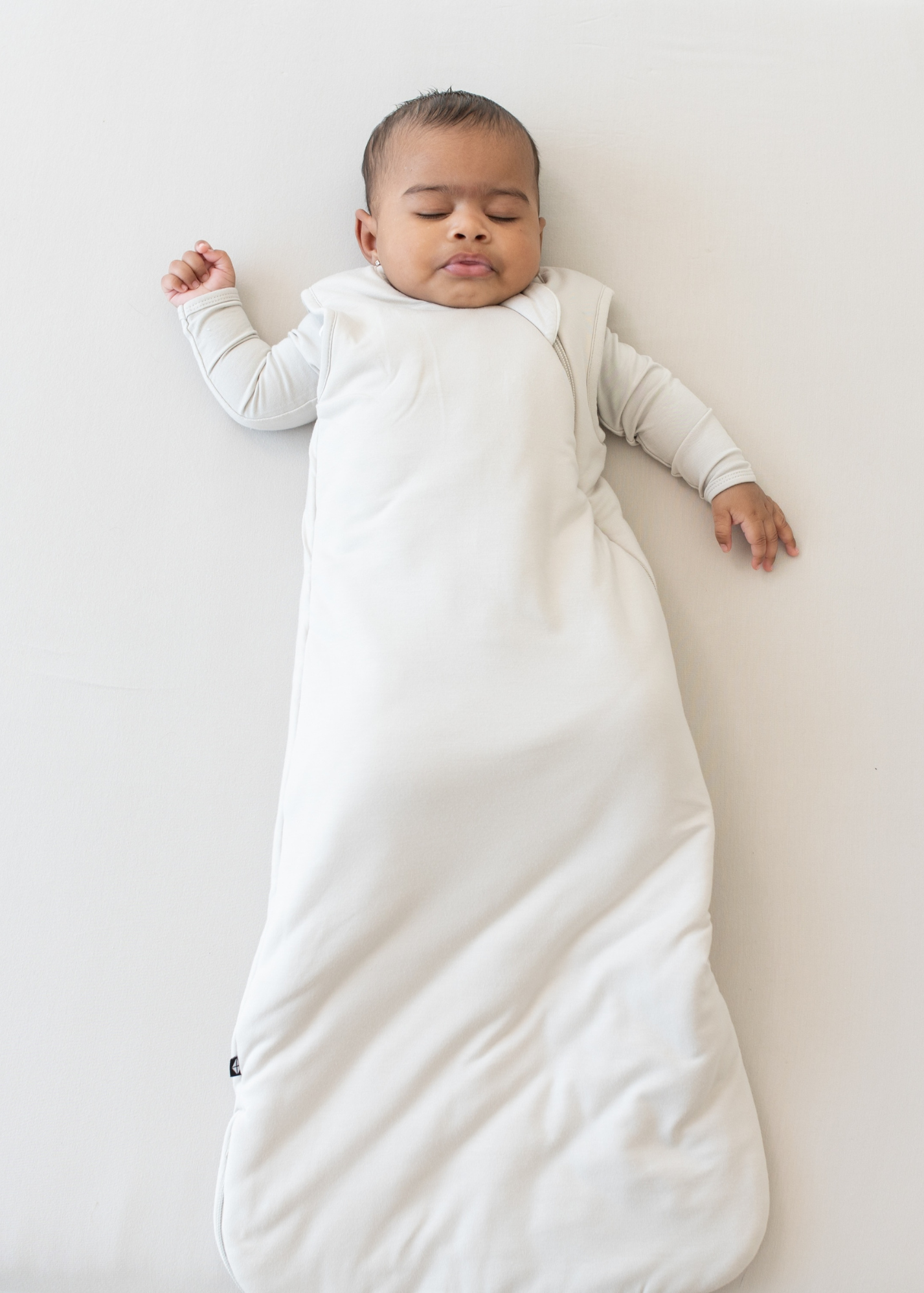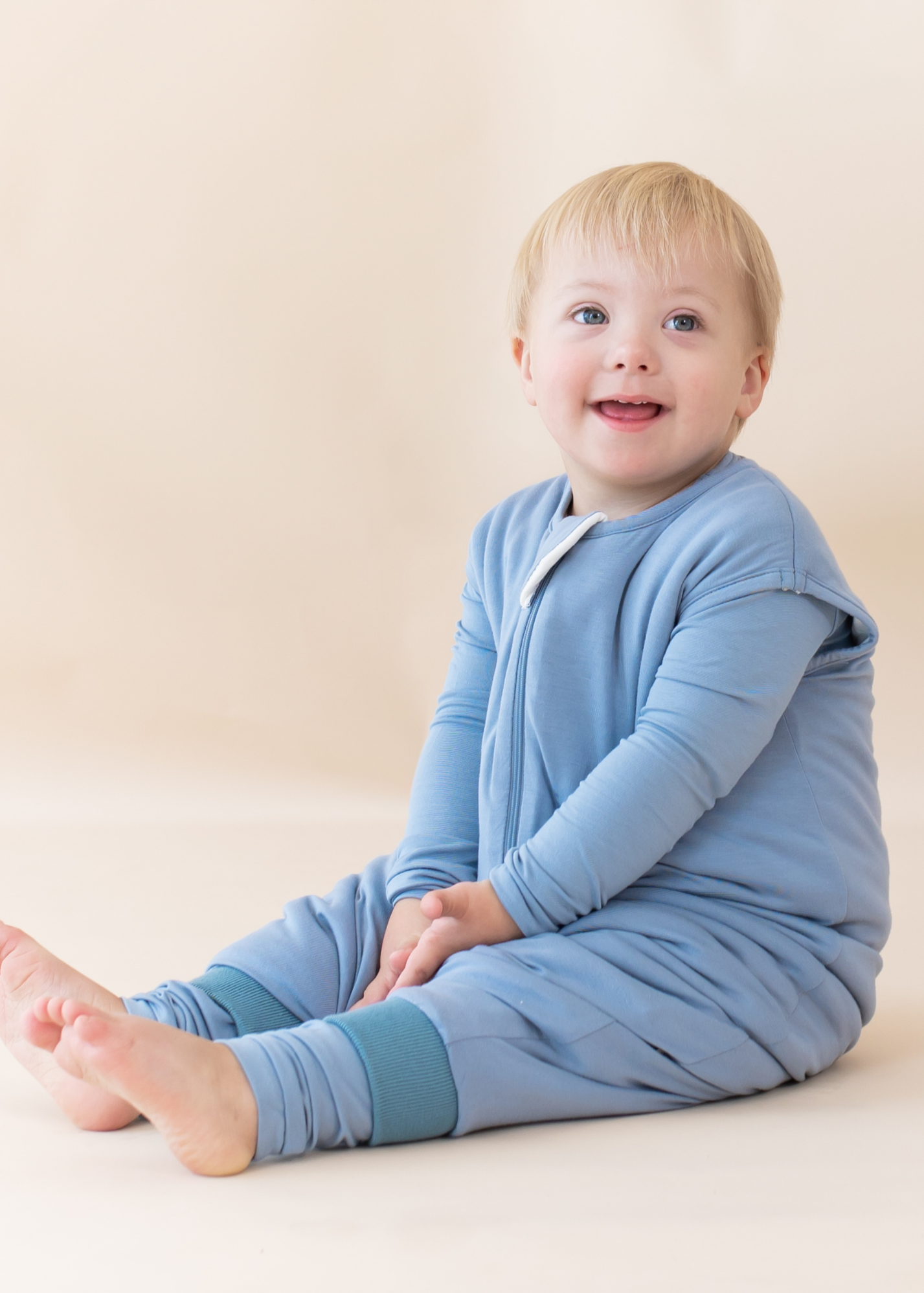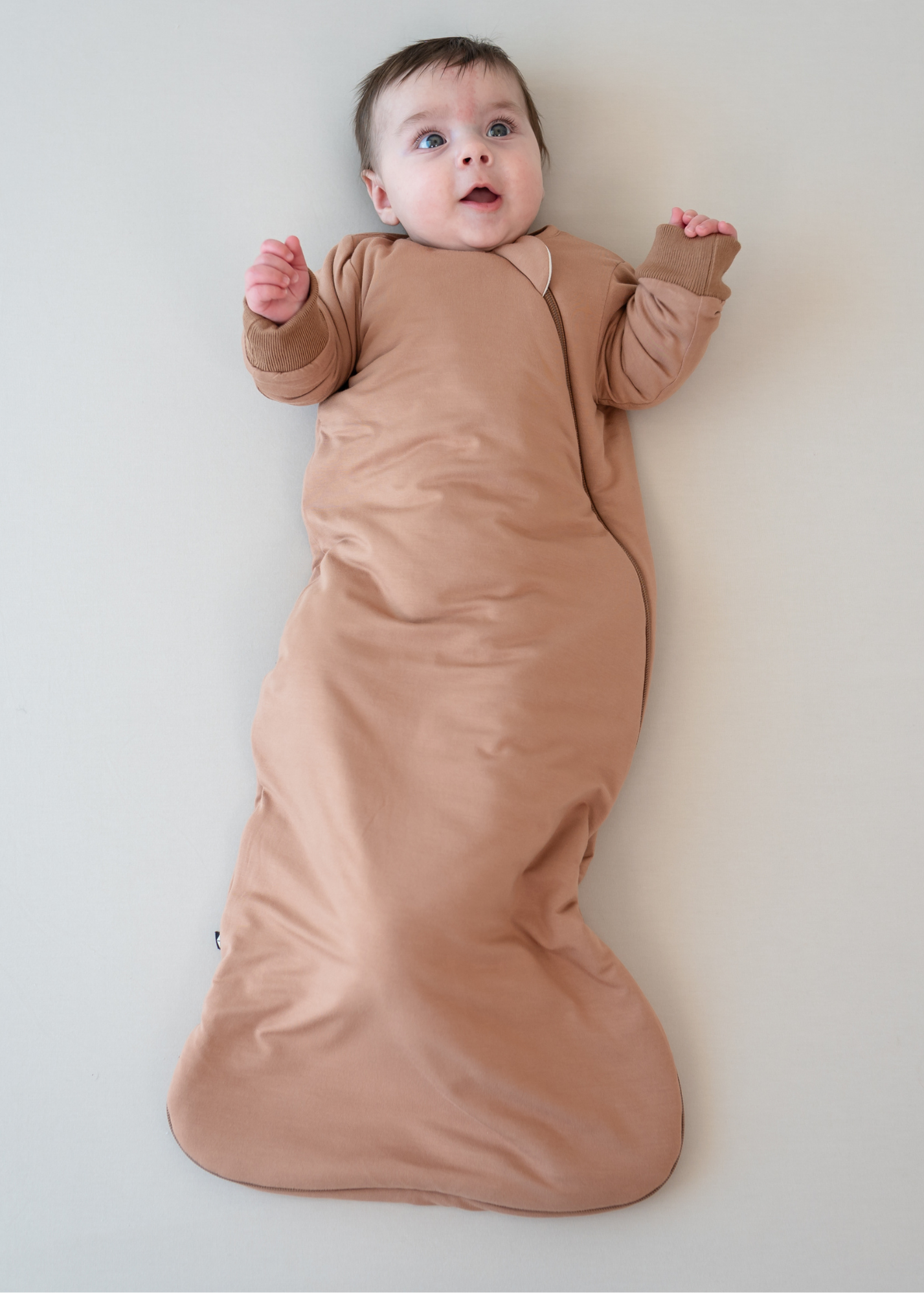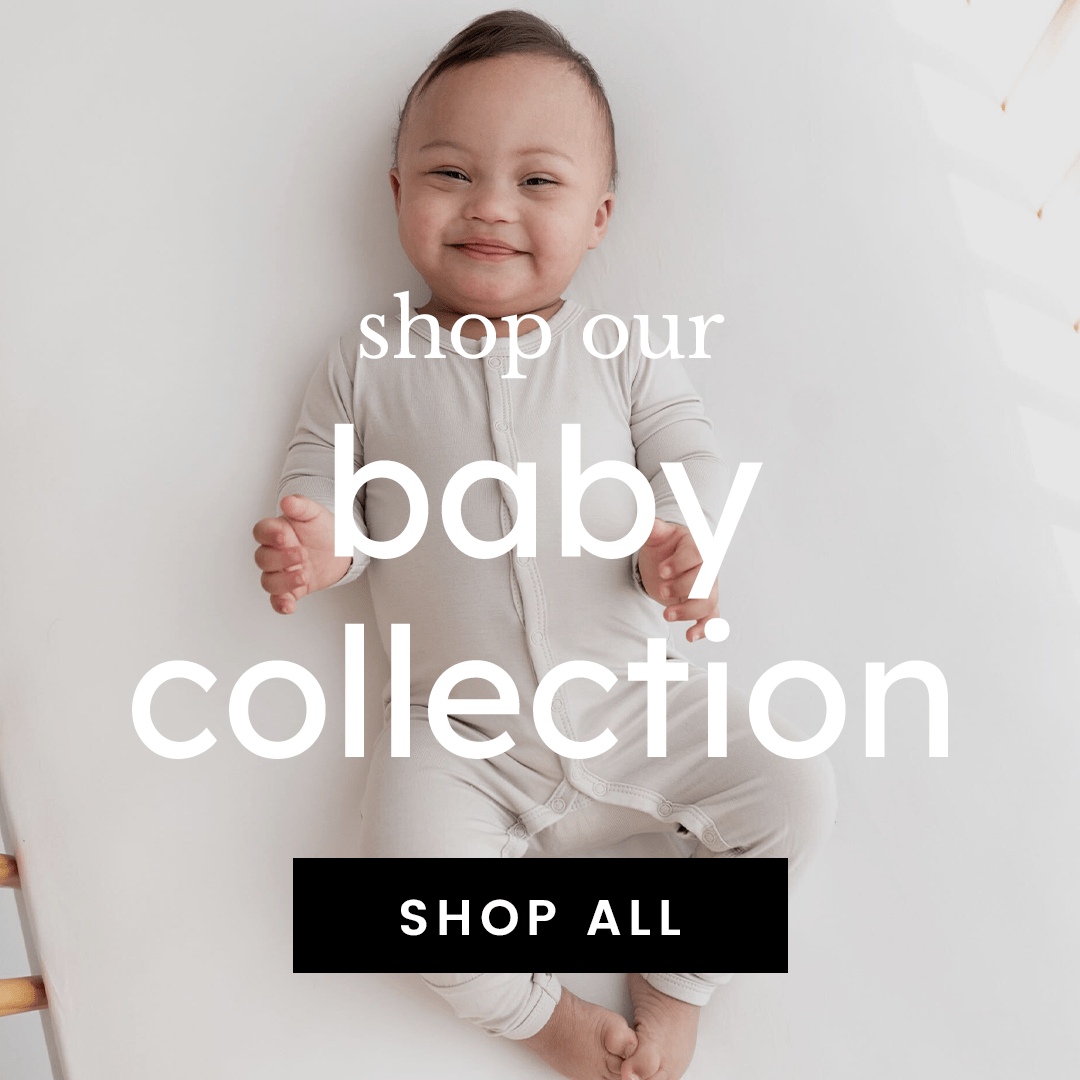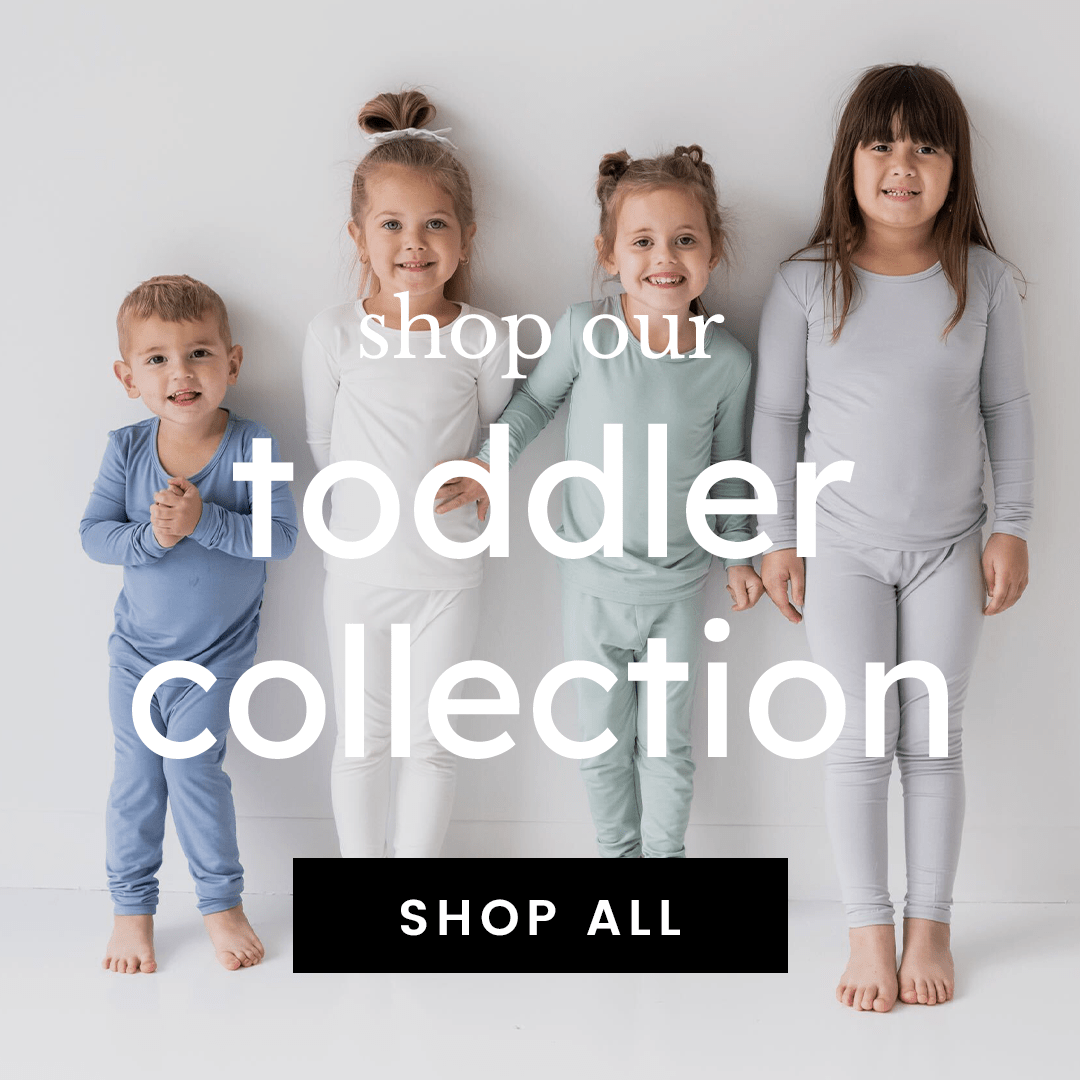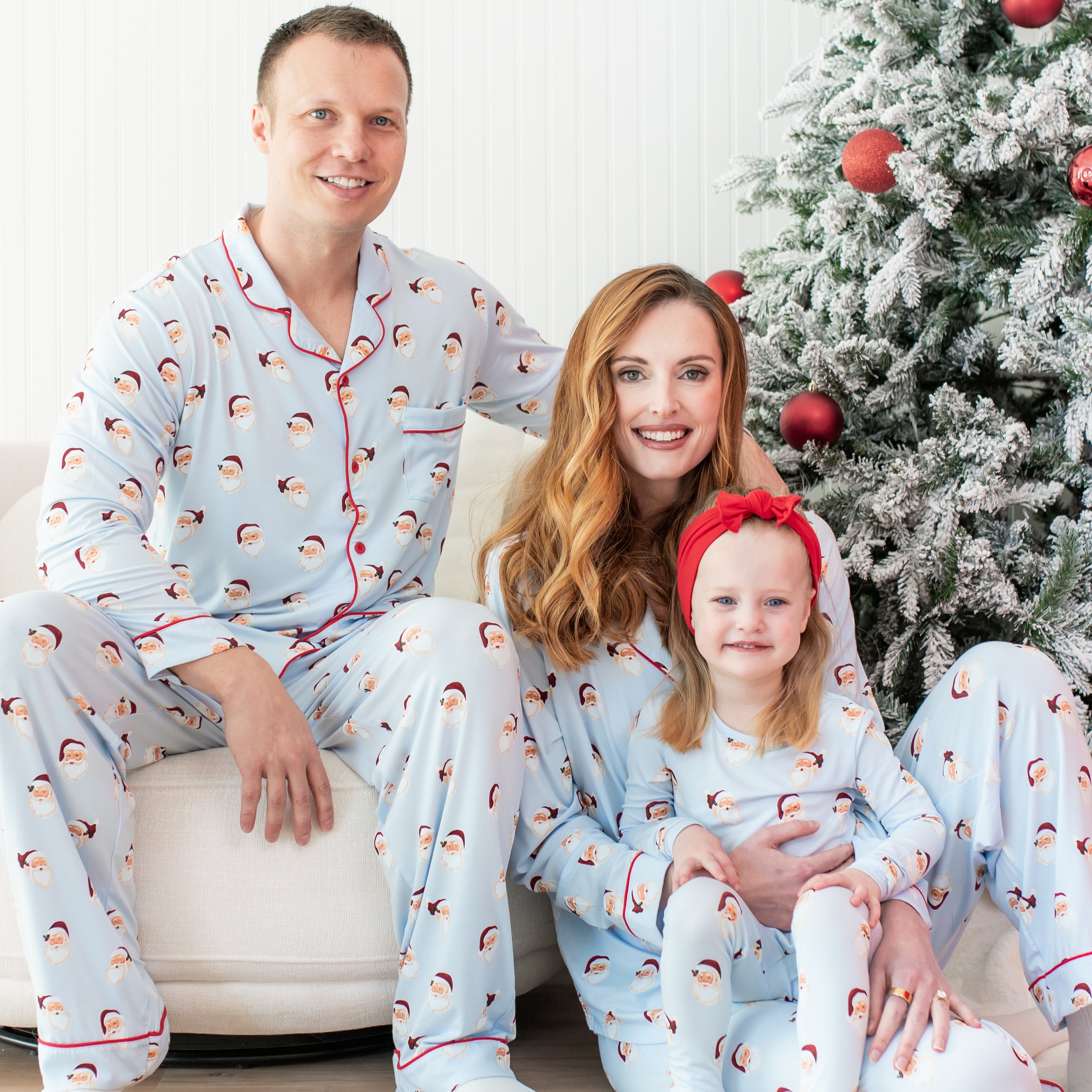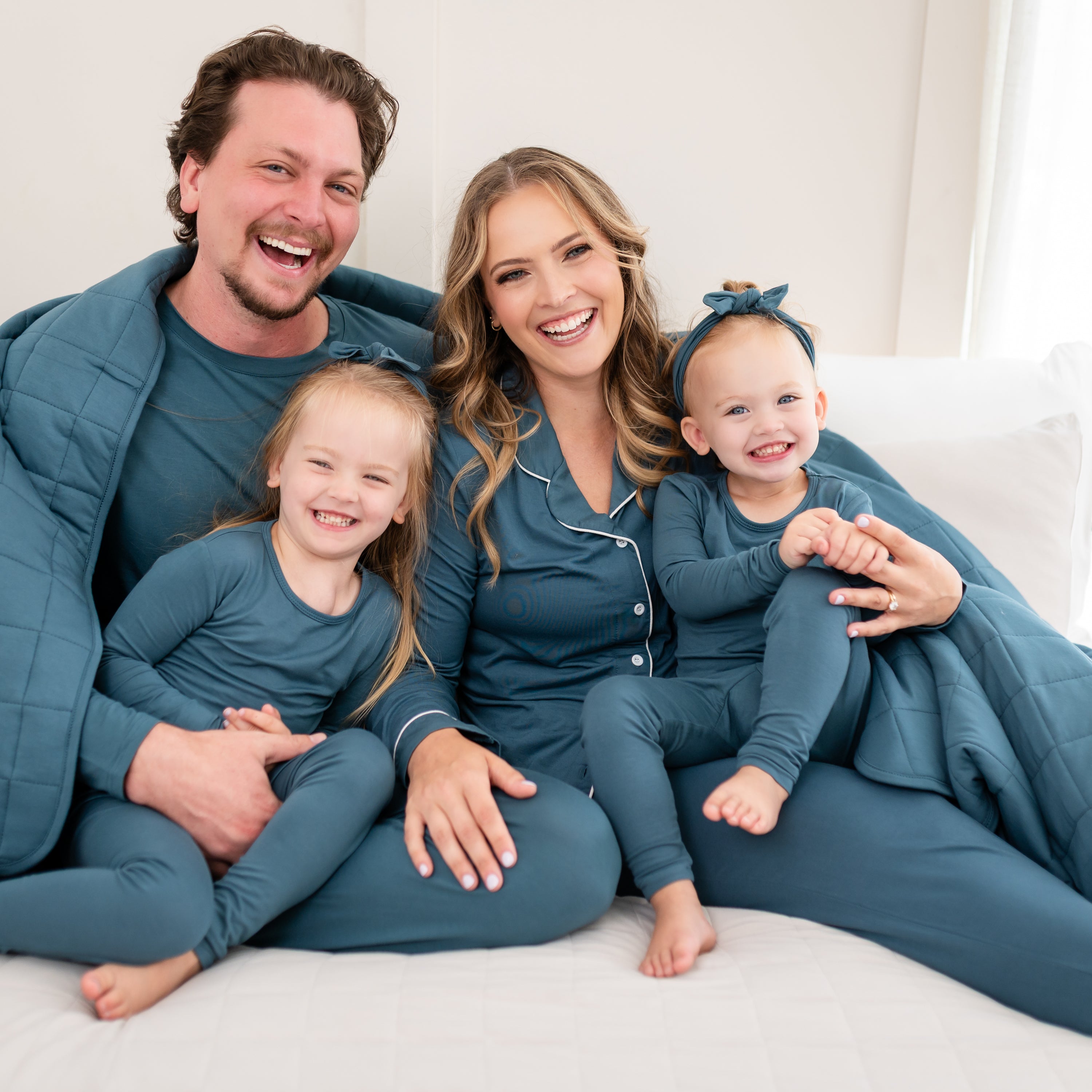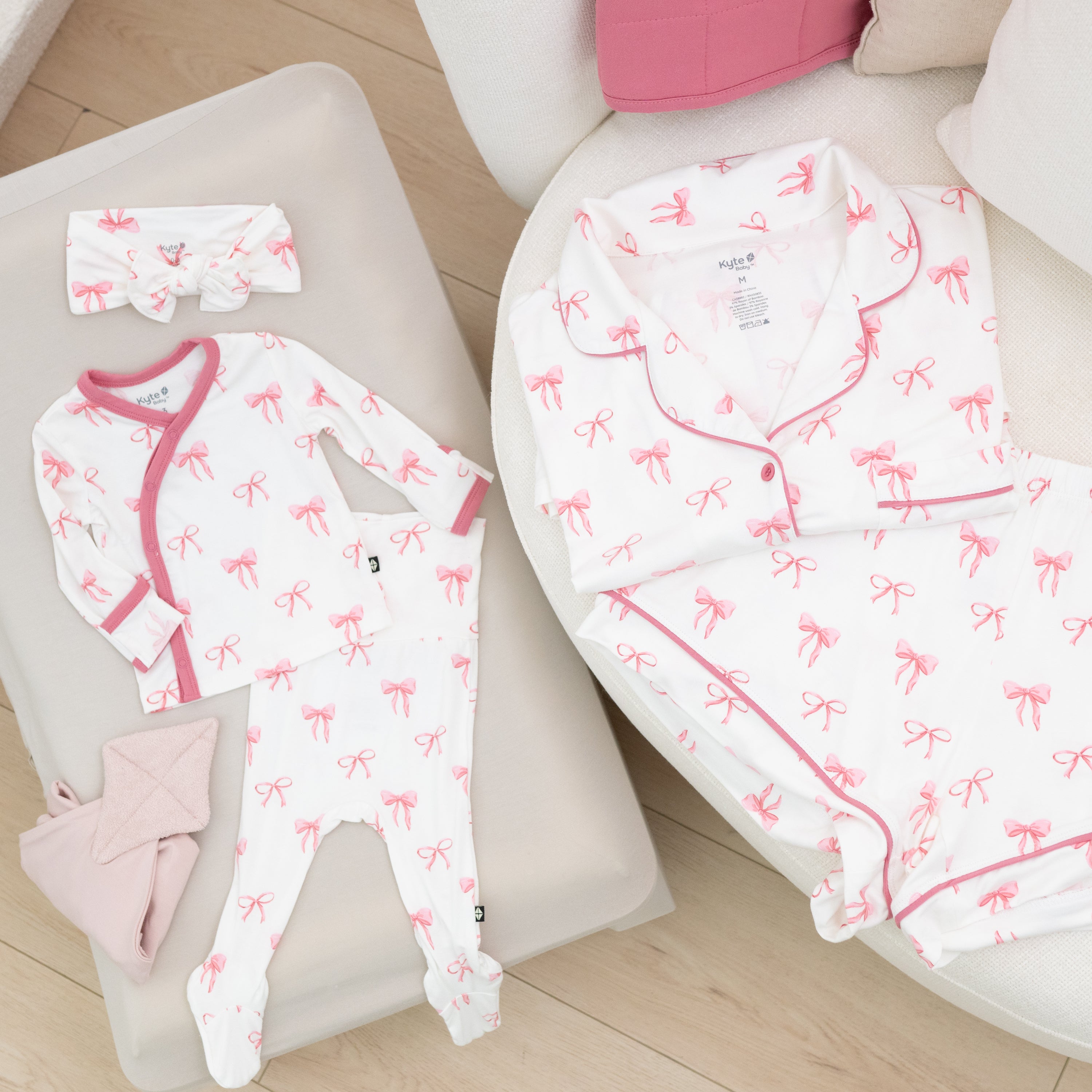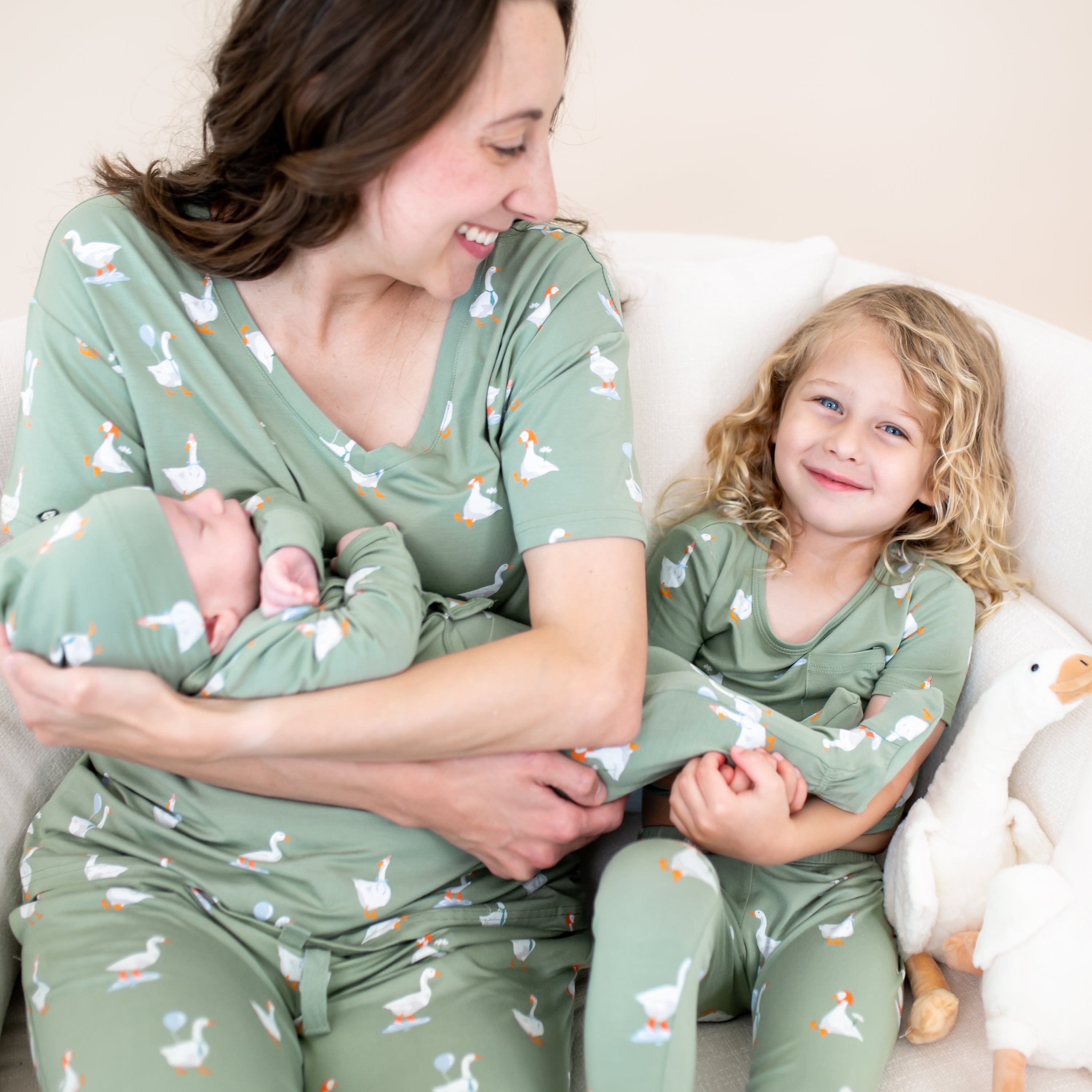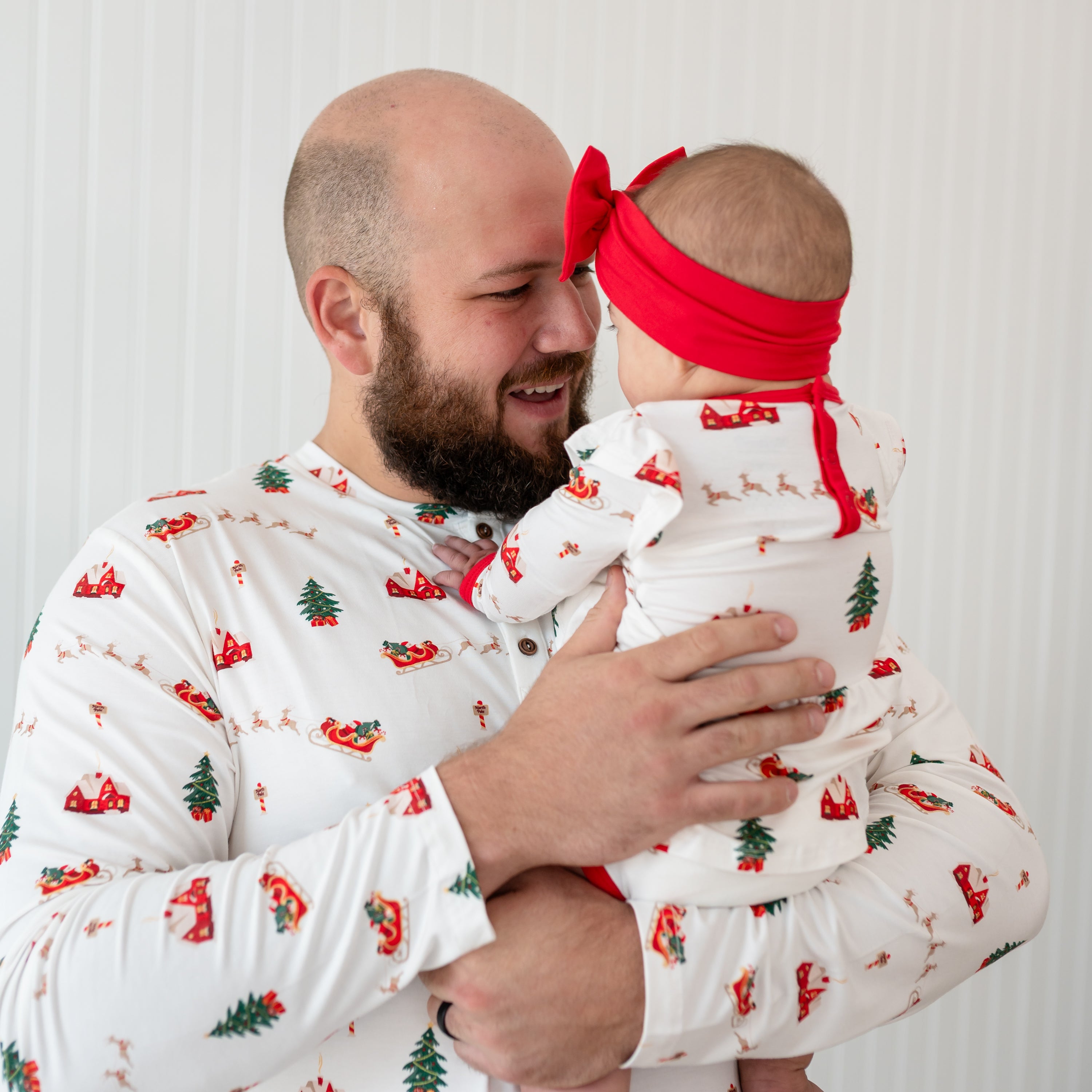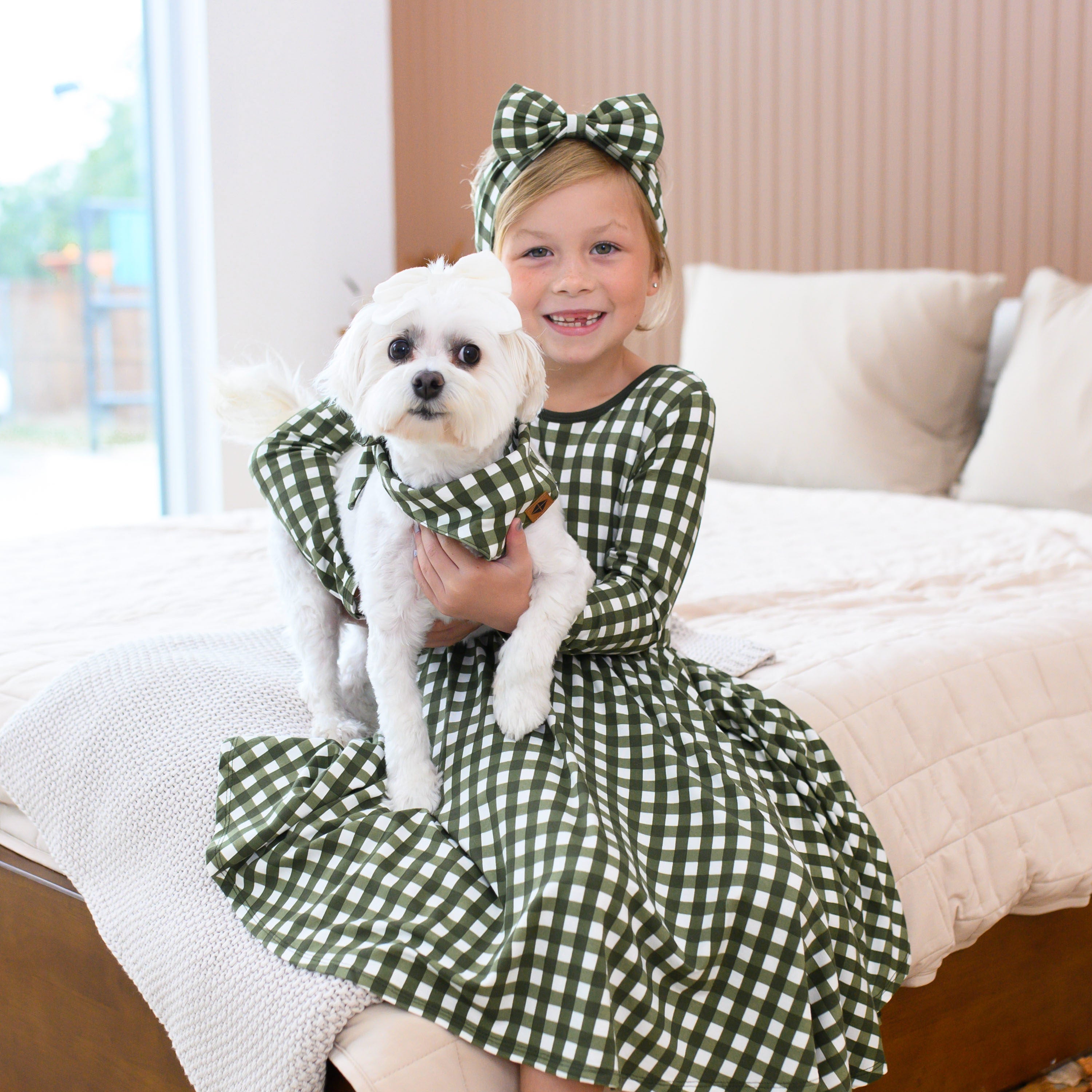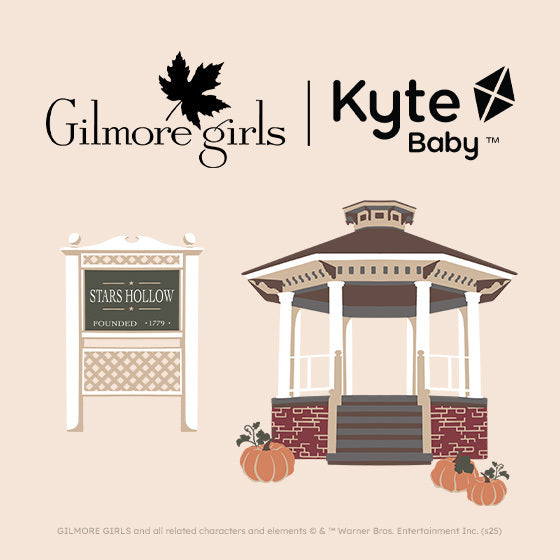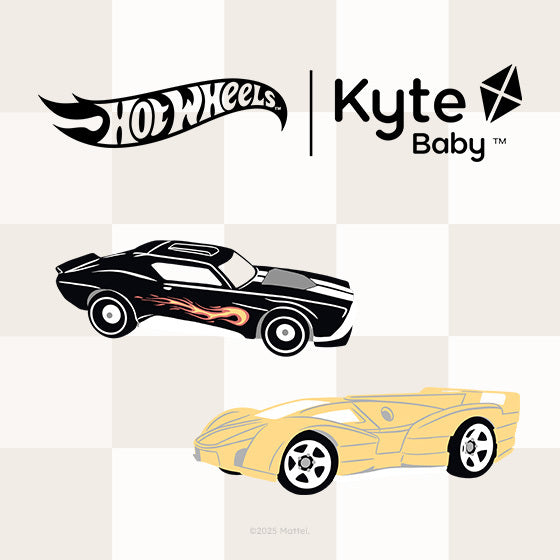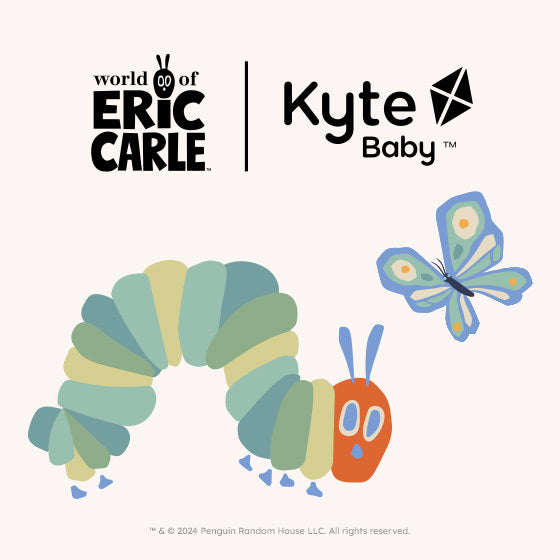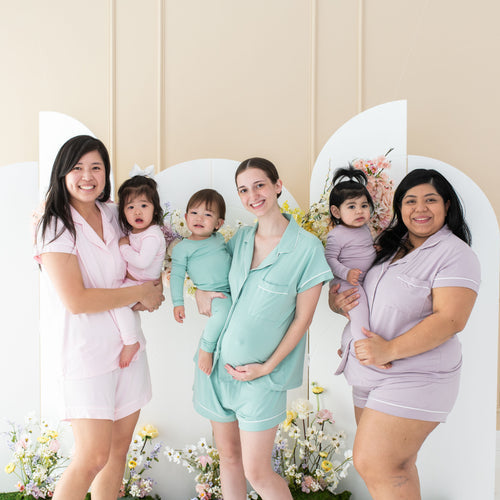Being a parent to young children is a little bit like being a superhero with the power to see every possible outcome in any given scenario. Planning a vacation is no longer as simple as packing a few outfits and toiletries, and then calling it a day. Moms factor in weather, illness, injury, and possible natural disasters (okay, we’re just kidding about this one), and do all kinds of mental math to plan accordingly. Why is this all necessary? Because every parent of littles knows that being prepared is the key to fewer tears, less stress, and a successful vacation. With spring in full bloom right now, you might be planning your next family trip for sometime this summer. High temps, plenty of sunshine, and quality family time are a recipe for some core memories, so here are all the warm-weather travel tips you’ll need to make sure that this vacation goes off without a hitch.
Consider the fabric
One of the best parts about taking your baby on vacation is dressing them up in all the adorable little outfits for frame-worthy photos. But, you’ll want to make sure that the outfits you’re bringing for your little one are made from breathable fabric to prevent them from overheating. Bamboo, cotton, and linen are some breezy options that allow heat to escape your baby’s body and keep them safe in hot weather. Stay away from polyester, which is a durable fabric but not as breathable as natural fibers and is more likely to cause overheating.
Dress in layers
Weather can be a fickle thing, and while cool mornings and nights are a welcome reprieve from sweltering afternoons, they can make planning an outfit a little tricky. A general rule of thumb is to dress your baby in one more layer than you’re comfortable in, but you know your baby best, so trust your judgment. Just like adults, some babies run hot and some babies run cold. Light layers are a great solution to keep your little one comfortable even when the temperature fluctuates throughout the day. Start with a thin bodysuit as a base layer, then add pants or leggings to keep their legs warm. A lightweight hoodie can keep them warm when the temperature dips in the morning or night.
Protect their skin
Your infant’s skin may be baby-soft, but it’s also very delicate and susceptible to sunburn. Since sunscreen isn’t recommended for infants younger than 6 months of age, the FDA and American Academy of Pediatrics (AAP) recommend keeping newborns and babies under 6 months out of direct sunlight. The best sun protection for your baby is to stay in the shade, so always be on the lookout for trees, which offer natural shade. You can create your own shade with a pop-up tent or stroller canopy, and it’s also important to keep your little one’s skin covered as much as possible. Pick a brimmed hat that covers their neck and ears, and dress them in loose, lightweight clothing that covers their arms and legs—if the temperature allows. If your baby is older than 6 months, apply a baby-safe, mineral sunscreen with an SPF of 30 to 50 on small areas of their body that are exposed to sunlight.
Bring a fan
Hot weather isn’t so bad when there’s a cool breeze to cut through it, but when the air feels sticky and stagnant, it can be unbearable. Try a stroller fan to help your baby stay comfortable. A stroller fan is easy to use, super convenient, and provides a steady stream of air to cool them off, which helps everyone keep their cool. A hot baby is an unhappy baby, and they’ll let you know that they’re uncomfortable by crying (and screaming)—which is even more stressful when you’re traveling. Our advice? Bring the fan, reduce the stress, and keep your baby happy, comfy, and safe.
Keep them hydrated
Like everyone else, babies get thirstier on hot days. Even though it’s easy to get distracted while on vacation, be sure to offer your baby more breastmilk and/or formula than usual. Older babies over 6 months of age can be offered water on top of frequent feeds if you feel the extra hydration is necessary!



